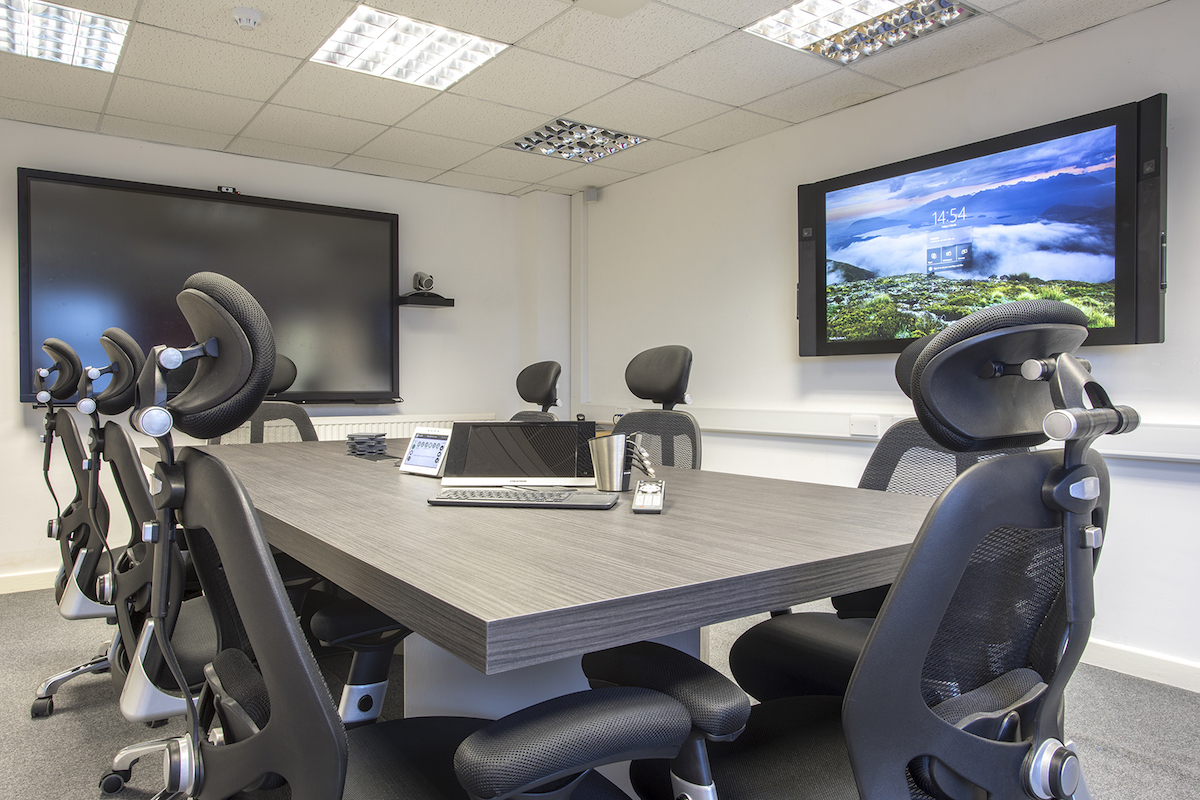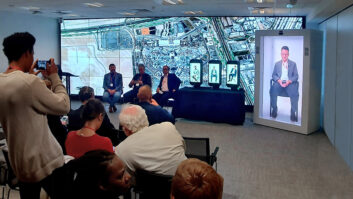
The arrival of traditionally IT-based companies into the video comms space has seen solutions become more about platforms and apps and less about standard AV equipment. This has shaken up the marketplace and raised questions about what services the integrator can offer in this changing landscape.
As is often the case, while these changes can unsettle the established order, they will also bring a number of opportunities; by no means do they imply that video-based communications will become solely the province of the IT manager. Unified communications rollouts across large enterprises are already providing lucrative opportunities for integrators. Moreover there is an array of technologies such as IPTV, digital signage, streaming and lecture capture that offer plenty of potential business for the savvy integrator.
“We are seeing a definite shift in the type of VC-capable spaces demanded by our customers,” says Andy Truswell, systems integration manager, Pure AV. “The focus has moved from the creation of a small number of dedicated videoconferencing rooms to the provision of VC capability across a much wider range of areas and work environments. In these newer, multi-use spaces we are much less likely to be installing a traditional codec-based, fully integrated set-up with video matrix and full audio DSP, and much more likely to be introducing technology to enhance Skype for Business or virtual meeting room-driven comms alongside tools to support BYOD connectivity and easy content sharing.
‘Telephony went through this change 15-20 years ago when it moved to IP in businesses and government. Video took a little longer to get there because the bitrate of video was prohibitive’Samuel Recine, director of sales – Americas, Asia Pacific at Matrox
“So I would say that there is a reduced amount of AV equipment involved within the individual room, particularly in the infrastructure behind the system. We are losing the big video matrices, the large audio DSPs and integrated mic systems, but we see an increase in hardware sales overall driven by solution deployment into a greater number of spaces.”
Deep changes
Samuel Recine, director of sales – Americas, Asia Pacific at Matrox, confirms: “Certain types of traditional AV equipment are currently going through deep changes. For example, video matrix switchers and long-haul extenders are facing new competition from AV products that work over standard copper category cabling or fibre optic cabling using standard IP protocols and can be switched on standard IP switches. Telephony went through this change 15-20 years ago when it moved to IP in businesses and government. Video took a little longer to get there because the bitrate of video was prohibitive for moving onto IP, until standards like H.264 achieved levels of quality and reliability at low bitrates, combined with ubiquity as a standard in all popular web browsers, handheld devices, PCs, laptops, OTT boxes and entertainment consoles.”
David Willie, head of marketing and product management at Saville AV, disagrees with the notion that there will be less room for traditional AV equipment. “As more and more video communications become software-based, there are more opportunities for AV within meeting spaces. What good is a 12in laptop screen with an inbuilt webcam and microphone in a group meeting situation? As video communication and collaboration has exploded, driven by software environments, so has the need to equip rooms to empower users to take their own device into the meeting room.”
Alex Couzins, marketing manager at AVMI, agrees that despite the decreasing number of AV components there will always be a need for specialist AV knowledge to ensure users get the most from a deployment. “Although video communication solutions have become increasingly standardised, they still need to be deployed within non-standard building environments,” says Couzins. “So where IT lacks appreciation for the ‘physical’ space and Facilities lacks the ‘technical’ understanding, AV integrators are well placed in their ability to deliver standard technologies into non-standard spaces.”
While there may not be complete agreement on the current state of the market, it is clear the current period of flux has forced integrators to adapt. Does this mean many will look to target larger-scale projects that provide the opportunity to make more margin?
“Margin is a direct function of value and there is no shortage of value that can be provided by good AV integrators,” states Recine. “The interoperability of low-bitrate products with so many other communications and knowledge-worker productivity suites means no shortage of work for installers personalising these experiences for their AV customers.”
Pure AV’s Truswell believes that the nature of the hardware in many of these installations tends to be less margin-rich, but also believes there are opportunities for integrators: “While the in-room set-up is perhaps less complex, the variety of devices and room types deployed means that the overall estate in these organisations is becoming more complicated. At the same time, business owners are demanding greater visibility of the usage and performance of the different room spaces. These factors create an opportunity in the areas of control, management and measurement of installations.
“As an integrator, the introduction of services to enable the centralised management and control of the estate over the IT network starts to build value back into the solution. If you can then extend those capabilities into the service wraparound you offer the client, the rewards for both customer and integrator go beyond any potential loss in hardware value.”
While large-scale rollouts have become more commonplace as businesses standardise AV technology across offices, Couzins explains: “Volume is important but it is the service that will hold us in good stead. Whilst AV integration is still a large part of our business, we believe our portfolio of services enables our clients to leverage more value out of their AV investments and maximise availability and productivity to their end-users – and those services now represent a large portion of our business.”







